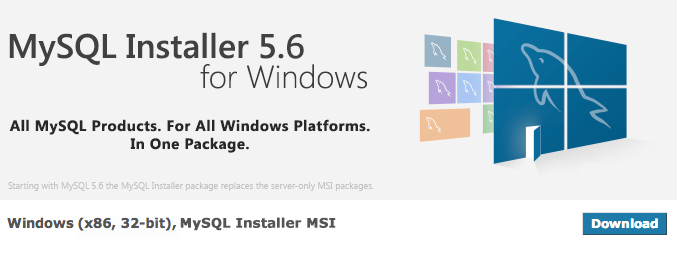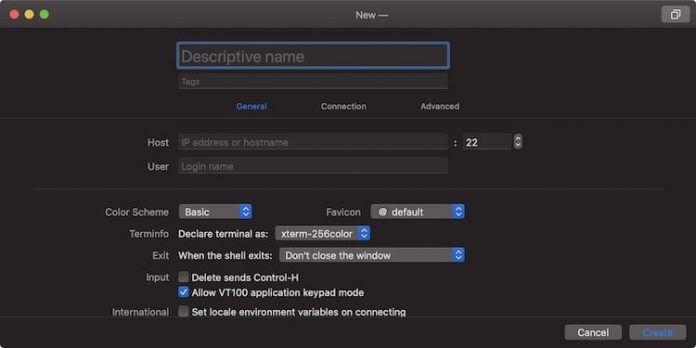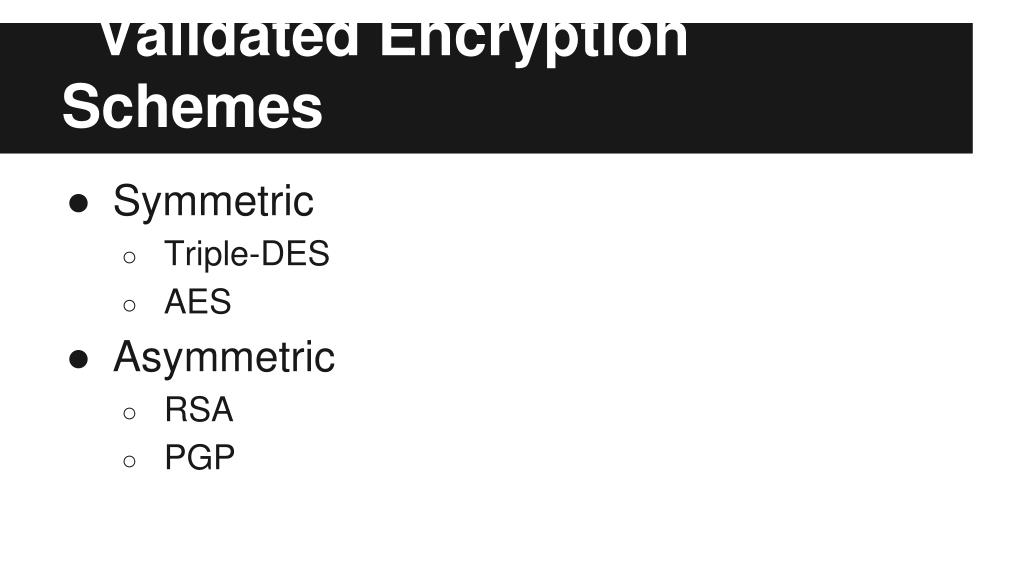

- #Gnupg mac download update
- #Gnupg mac download software
- #Gnupg mac download code
- #Gnupg mac download password
You probably have at least few of those in your pockets: phone SIM, bank cards, various IDs and the like. Known as Universal 2nd Factor (U2F) and originally developed by Yubico and Google, it relies on physical devices (usually USB or NFC) that implement cryptographic algorithms on a chip, similar to smart cards that have been around for ages.

So, can we do better? There exists an open authentication standard that aims to both strengthen and simplify 2FA. Opting for an app like Google Authenticator is more secure, but can also be compromised, at least in theory, if a smartphone that runs it is precisely targeted by an attacker. Cellular networks, however, are not the safest place: messages and calls can be intercepted.

By default, it involves requesting one-time access codes either by SMS/phone call or through a dedicated smartphone app. We have enforced 2FA across all our staff for all the tools that we use daily: email, GitHub, task trackers, and others. Even without hardware keys, it makes an attacker’s job much harder than it used to be. The most obvious way to increase security is to opt for two-factor authentication (2FA) that is widely supported. A good old password, even coupled with a password manager, does not cut it anymore. In a hostile environment of the modern web, though, it is easier said than done.
#Gnupg mac download code
Our clients trust us with their source code and, even more importantly, with access to their production servers, and this trust cannot be broken. With more employees and more clients, there is a demand for stronger security. Login into and go to your settings, SSH and GPG Keys, and add your GPG key from the page.If you haven’t set up your YubiKey yet, this is a good place to start.Įvil Martians are growing. Step 17: Submit your PGP key to Github to verify your Commits
#Gnupg mac download password
You can enter it into the Dialog box-with the option of saving the password to the macOS X Keychain. You will now be prompted by Pinentry for the password for your signing key. Step 15: Perform a Commit git commit -S -s -m "My Signed Commit" This tells Git to sign all commits using the key you specified in step 13. Step 14: Configure Git to sign all commits (Optional-you can configure this per repository too) The below command needs the fingerprint from step 10 above: git config -global user.signingkey 1111111 Step 13: Configure Git to use your signing key Step 12: Configure Git to use gpg git config -global gpg.program $(which gpg) The output from below is what you copy to Github: # The export command below gives you the key you add to GitHub In the output from step 10, the line below the row that says 'pub' shows a fingerprint-this is what you use in the placeholder. *You need to copy the output from your terminal similar to the example above where the # is following the slash. Use the next command to generate a short form of the key fingerprint.Ĭopy the text after the rsa4096/ and before the date generated and use the copied id in step 13: gpg -K -keyid-format SHORT You need a Passphrase to protect your secret key.
#Gnupg mac download software
You need a user ID to identify your key the software constructs the user IDįrom the Real Name, Comment and Email Address in this form:Ĭhange (N)ame, (C)omment, (E)mail or (O)kay/(Q)uit? o Please specify how long the key should be valid. Once you have entered your options, pinentry will prompt you for a password for the new PGP key. Run the following command to generate your key, note we have to use the -expert flag so as to generate a 4096-bit key. You will need to modify the permissions to 700 to secure this directory.
#Gnupg mac download update
Step 6: Update the Permissions on your ~/.gnupg Directory # if using bash through homebrew over ssh use Step 5: Restart your Terminal or source your ~/.*rc file # on the built-in bash on macos use # This tells gpg to use the gpg-agentĪppend the following to your ~/.bash_profile or ~/.bashrc or ~/.zshrc. Step 3: Update or Create ~/.gnupg/gpg.conf # echo 'pinentry-program $(brew -prefix)/bin/pinentry-mac' > ~/.gnupg/nf # The below configuration used to be added within that directory but is no longer required and breaks on M1-based Macs If this directory does not exist, create it. We use the Homebrew package manager for this step.


 0 kommentar(er)
0 kommentar(er)
